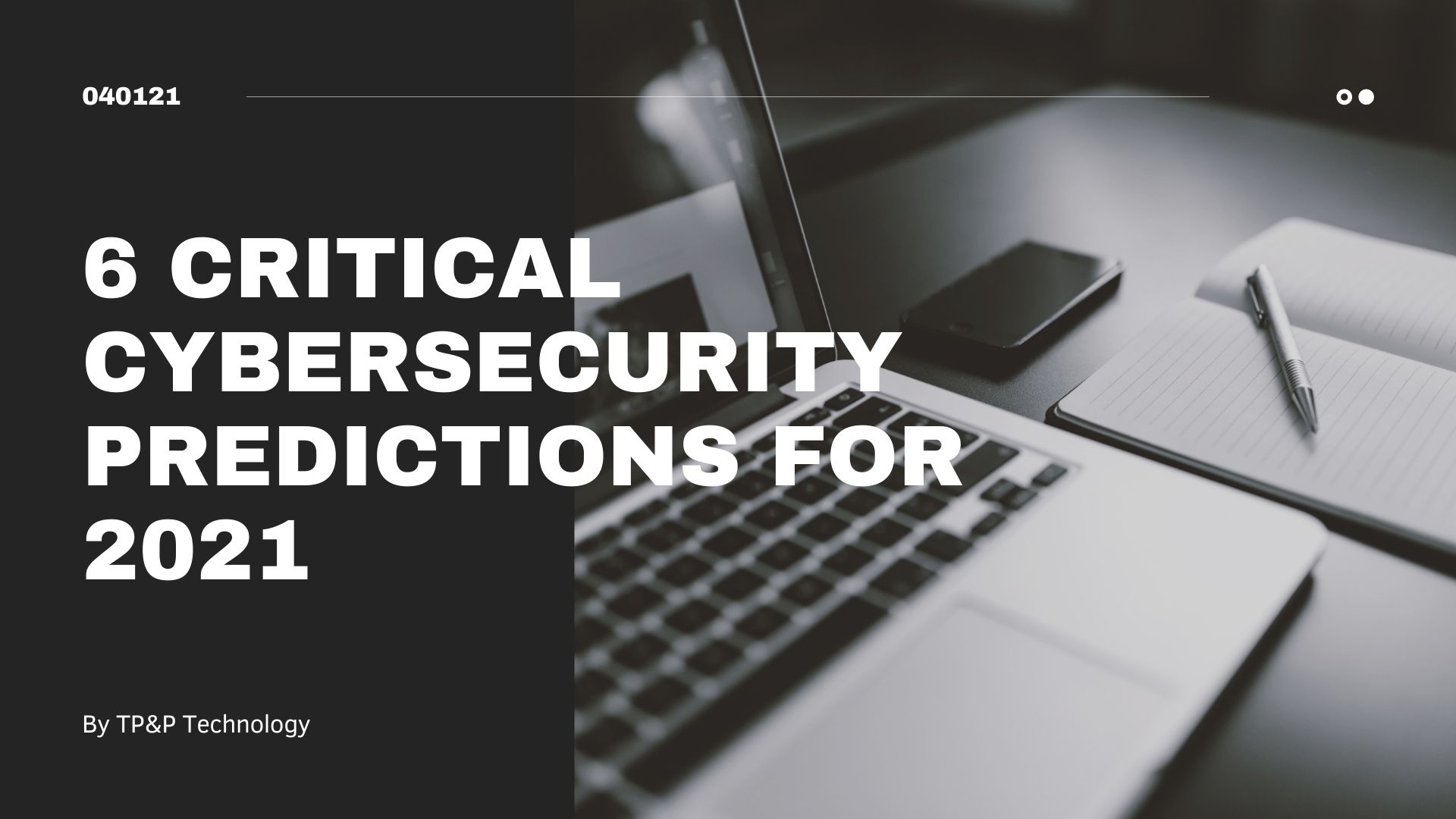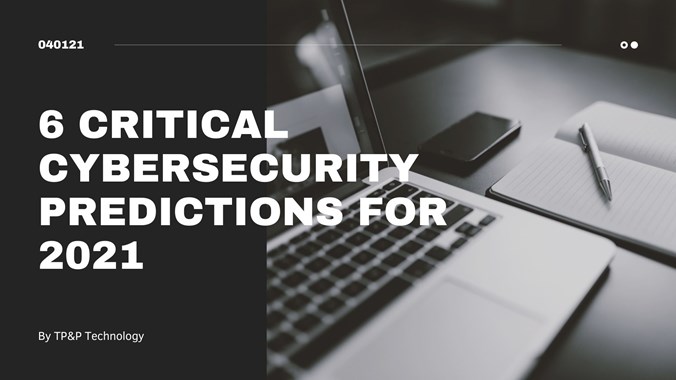
6 Critical Cybersecurity Predictions For 2021
It’s the start of the new year already, we’re all eager for a better year. The cybersecurity landscape is also drawing the enterprises’ attention: what will be the risks and considerations for this year? What will be the main focus?
Here is the list of 6 critical cybersecurity predictions in 2021. Let’s have a look:
In 2020, when many people suddenly have to work from home, their use of technology and devices have changed. Cybercriminals took advantage of this situation and started launching phishing, vishing (or, voice fishing), ransomware, and other attacks targeting businesses ’ security vulnerabilities because many are unprepared to support a remote workforce.
A survey from Tech Pro Research found out that 74 percent of businesses allow their employees to bring their own devices (BYOD) to work. However, not too many are BYOD malware protection ready. In the scenarios when the coronavirus is still around, the lack of preparation can cause great damage.
2. Legacy security architecture can be a weak point for many businesses.To quickly speed up remote operations, many businesses have turned to legacy security architectures like VPNs. However, this is not an efficient long-term tactic as VPN causes latency, hinders productivity, and can be difficult to scale, giving employees excessive access to internal resources.
Unpatched VPNs can be easily exploited by cybercriminals with ransomware. Luckily, 34 percent of IT cybersecurity teams globally have revealed that they are implementing a zero-trust security model that can alleviate many of the challenges posed by traditional network methods. With zero-trust implementation, users only have access to the smallest set of permission necessary to get their job done.
3. The impact of data breaches in the healthcare industry can be elusiveThe healthcare industry has stepped up its game to help combat the spread of COVID-19 by increasing vaccine testing, treatment, and research and development efforts. Unfortunately, hospitals and health systems face unprecedented financial pressures due to COVID-19. It has cost U.S hospitals and other healthcare organizations almost $40 billion within just 3 months (March to June).
In the midst of these challenges, cybercriminals continue to target healthcare providers with ransomware attacks that could affect their ability to take care of patients. One significant event that happened during the crisis was a patient has passed away after ransomware hackers hit a German hospital.
4. More attacks are coming toward financial organizationsFinancial services organizations are always an appealing bullseye for cybercriminals. High-valued data like Social Security Numbers, Banking details, etc are lucrative. It is recommended that financial organizations and other firms must remain on guard in 2021.
Although financial data breaches do not happen as frequently as those in other industries like healthcare, when there is data leakage, the incident tends to be much more critical and larger compared to other industries. When new technologies, like 5G, emerge, the cyberattacks will likely be more sophisticated and enhanced. Therefore, it is essential for all organizations to take a proactive approach when it comes to data protection.
5. COVID-19 pushed businesses to speed up their digital transformation efforts.As a result of the pandemic, digital transformation is now the priority for many businesses. If there is no COVID-19, there is a possibility that digital transformation would have still been on many companies’ to-do list for the next decades.
However, because 2020 has accelerated 5G to keep the remote workforce connected, organizations focus on their use of artificial intelligence and machine-learning-powered analytics to expand their businesses and seen improved cloud adoption to allow businesses to achieve simplified innovation, easier scalability, etc. While remote workers are expected to stay at home as long as the vaccine is fully developed, IT and security professionals have taken a long step in securing these modern working environments.
Statistics show that there were about 4.6 billion active internet users as of July 2020, which are 59 percent of the global population. And as the number of internet users continues to grow in the upcoming years, the adoption of new technologies like 5G (which facilitates cybercriminals to execute the attacks and move data quicker), we will likely experience some more data exposure cases in the near future.
However, this shouldn’t be the factor preventing organizations from adopting new technologies or continuing remote work policy. With the right strategies and advice from IT experts, organizations in all sectors can benefit big times from the new tech trends and be able to support their remote workforce without exposing themselves to additional risk.
TP&P Technology is a top IT provider with years of experience in cybersecurity services in Vietnam. We help our clients rapidly scale security and compliance operations via innovative technology and cybersecurity services.



